Landscape Architecture Goes to the Polls
Moderated by Shawn Watters, OALA
BIOS/
Shawn Watters, OALA, CSLA, is a landscape architect and Senior Design Lead, R.J. Burnside & Associates. Five-time elected councillor in Wellington County. He has been elected at the local and County level. He is running for Mayor this fall in Centre Wellington.
Joscelyne Landry-Altmann has served as councillor for the City of Greater Sudbury (Ward 12) since 2006 and is also the City’s Deputy Mayor. She is also on the Operations and Planning Committees, the Board of Conservation Sudbury, Municipal Heritage Advisory Panel, the Greater Sudbury Police Services Board, and many more.
John Bryant, OALA-REtired, is a landscape architect for the City of Orillia. He is also a member of the Tiny Township Council. He was elected in November 2016 to Tiny Township Council. He was a member of the Heritage Advisory Committee and the Parks and Recreation Advisory Committee before joining council.
Maureen Wilson is councillor for the City of Hamilton (Ward 1). She is also the Principal for the Useful Knowledge Society of Hamilton. She previously served as Chief of Staff for former Hamilton Mayor Bob Wade and has been involved in government for many years.
Jo-Anne Gignac has been a member of Windsor’s City Council since 2003, representing Ward 5. She has been Chair of the Service Delivery Review Committee, and serves on various committees, including the Licensing Commission, Essex-Windsor Solid Waste Authority, Essex Region Conservation Authority, the Planning Advisory Committee, and the Operating Capital Budget Committees.
Jack Heath is a Markham and York Region Councillor. He has been an elected official in his local and regional municipality for over 20 years, including 10 years as Deputy Mayor. He also currently serves as Vice Chair of the Toronto and Region Conservation Authority, of which he has been a member for 15 years.
Brad Bradford is a Toronto City Councillor. He supports community-led change throughout Beaches East-York. At City Hall, Brad serves as the Vice-Chair of the Budget Committee, a Commissioner on the TTC Board, and as a member of the Planning and Housing Committee. With experience as an urban planner, he has a passion for addressing local issues, advocating for those typically left out of the process, and making neighbourhoods more accessible. His priorities are to make our roads safer, deliver the City’s relief line, and revitalize our main streets.
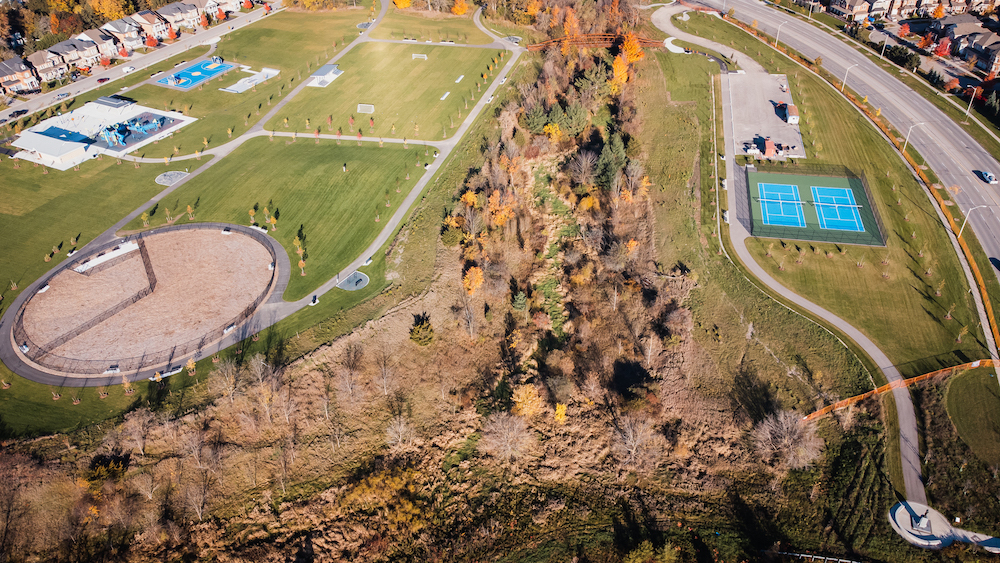
Shawn Watters: What are the major issues facing municipal governments in regards to the planning and design of public spaces, including parks, trails, streetscapes, and public safety?
Jack Heath: The increasing pressure for density in the Greater Toronto Area is having a major impact, and it’s a growing problem. Just recently, the provincial government announced transit-oriented communities (TOCs), and the junction of Yonge Street and Highway 407/Highway 7 in Markham, just north of Toronto, is one of them. We worked very hard on a plan for that area. They are basically doubling the population. At the same time, in order to pay for the subway extension north, they’re asking the City of Markham to forego cash in lieu, which is in the range, when you work it out, of up to a billion dollars. What that means is we’ve got to find a way to find green space for all these new residents with less money to do it. And there’s much more pressure on facilities like community centres and parks, etc., just beyond the boundaries of this TOC.
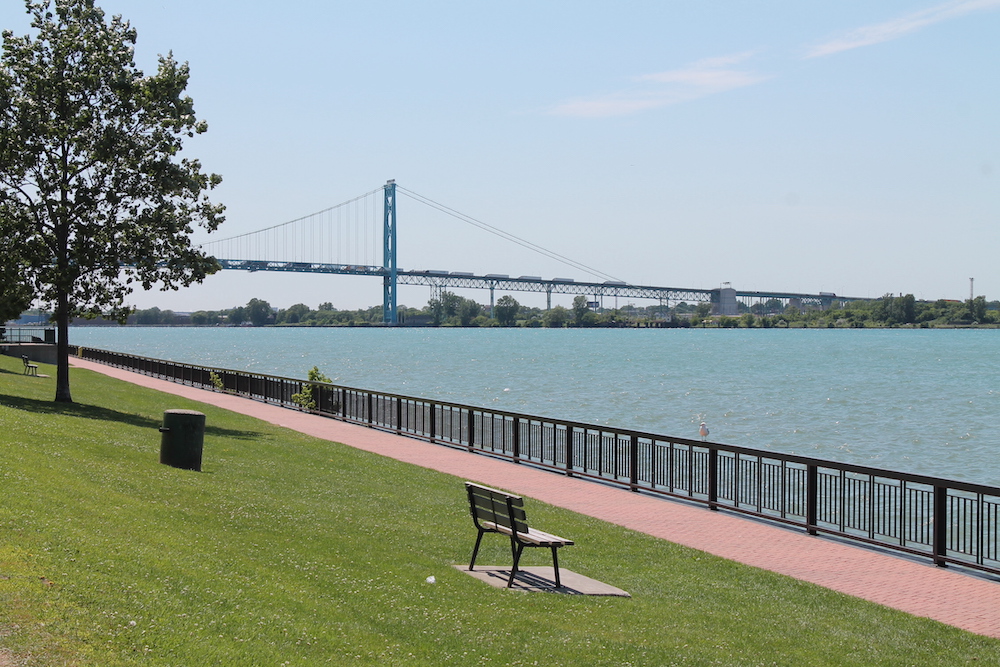
John Bryant: I’ve worked in a lot of municipalities where there’s been rapid growth, like Milton. The growth pattern there was unreal, but when I got to Tiny Township, it’s quite a different cultural change. Tiny is a population of about 12,000 people, and about half of that disappears in the wintertime, back to their homes in Toronto.
So there’s quite a shift in terms of the flow of people and people’s expectations. If they’re living down in Markham, they have rec centres, and a lot of services already taken care of. When they come up to—I’ll call it almost cottage country—they’re not expecting a duplication of that. They’re looking for other experiences in the community and how they can participate.
Some of our challenges are with the beach and public ownership. Some of the waterfront we’re on is Georgian Bay, so we have a huge coastline: some of it is owned privately, some is public. There’s always an ongoing discussion about the interface between public and private and delineation, because there’s more and more pressure from people wanting to get to the beach—a big asset up this way.
We’re running into big challenges, regarding the influx. The real estate market up here has become quite strong since COVID, and a lot of people are moving out of Toronto and other communities, and investing up here. So, what we’re getting is a lot of short-term rentals in some of the areas, which is creating quite a controversy between some of the permanent residents and those who are part-time. That’s an ongoing thing we’re trying to resolve. Hopefully, we get a win-win balance where permanent residents don’t get negatively impacted, and we don’t let bad players who don’t take care of their properties get away with it.
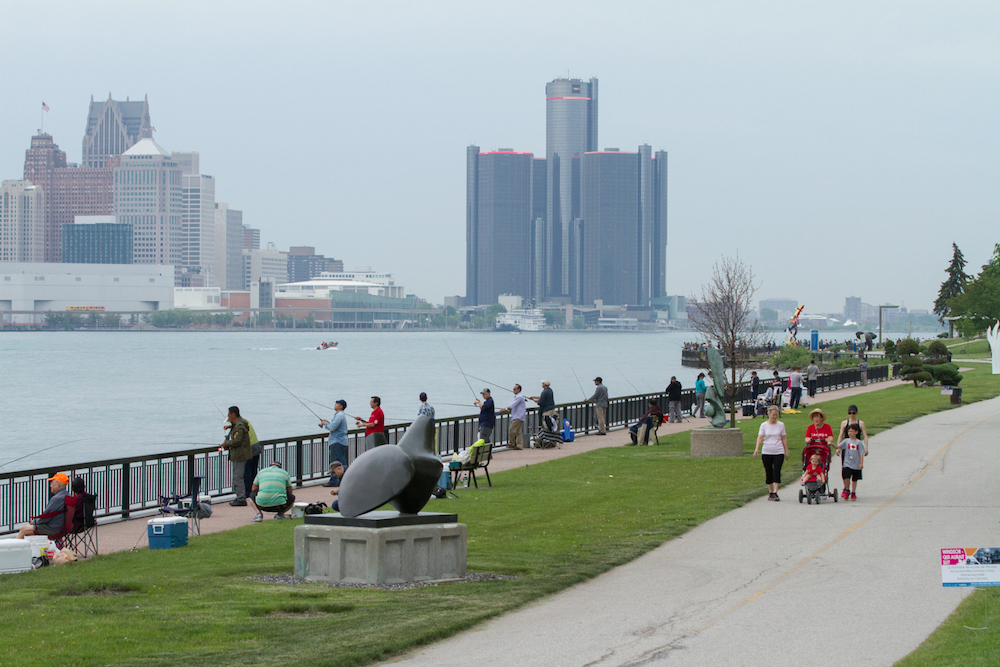
Joscelyne Landry-Altmann: Sudbury’s a little different. We have a population of about 163,000 now. I would submit we have done that through landscaping and the remediation of the area. We’ve gone from roasting beds to 11 million trees planted and taking care of 330 lakes. Our challenges are the adaptation of new policies and of built infrastructure.
We don’t have large projects like Sherbourne Common in Toronto, or the Hamilton Botanical Gardens, but we do have some projects done with our landscape architects—notably Mark Elliott—like Hnatyshyn Park (which I’ll speak more on later).
We have issues, of course, with cost, safety, vandalism, adaptability, sustainability, and rethinking our parks and how to maintain them for generations.
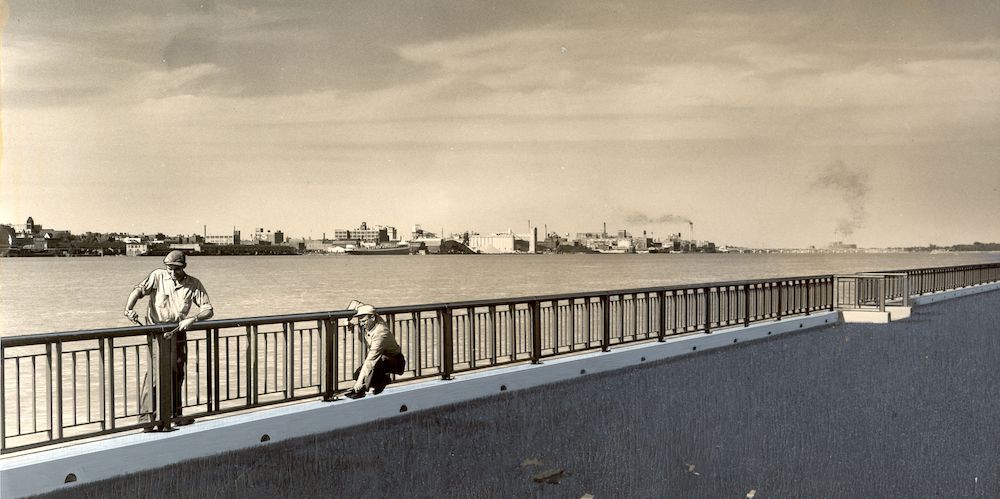
JB: Talking about aging infrastructure, that relates to Tiny, also. The parks, trails, and systems within Tiny Township have been developed by community-based groups. So, within each village community, they built their own park. They had tractors come in and did their own thing. It wasn’t so much government, or so much by design. It was by a group of individuals that cared for the community.
So, at this point, the parks are built out. Our challenge now is to do master plans and bring landscape architects into the fold to start looking at these spaces and aging infrastructure and come up with new plans for how to restore them, and meet the new expectations of residents.
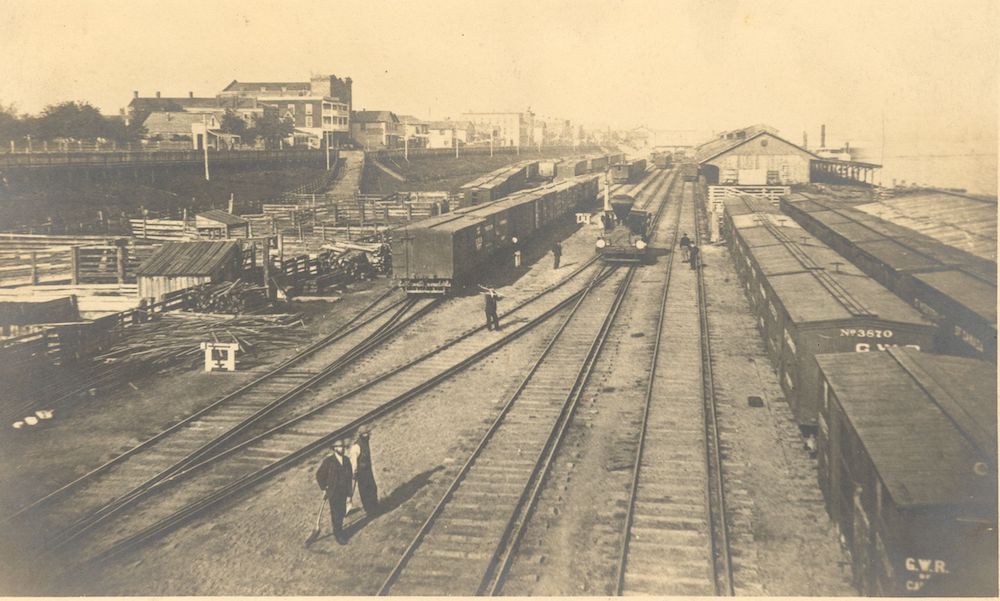
JH: We’re telling our landscape architects that we’ve got to find ways to make sure the maintenance costs, the ongoing costs after we build landscapes, do not escalate more than we can afford.
Jo-Anne Gignac: Certainly, finances are affecting all of us. There are expectations, too, for asset management funding to be automatically built into our budgets, which I can see really impacting municipalities across Ontario.
So finances are definitely an issue everywhere. Community expectations are changing dramatically, but I’m finding changing climate realities are also pushing us to adopt landscaping techniques with urgency because the 2017 and ‘18 disasters that occurred in the City of Windsor as a result of increases in our storms and downfall impacted us immensely. At the same time, we were looking at overland flooding affecting the community and had to address that through landscaping.
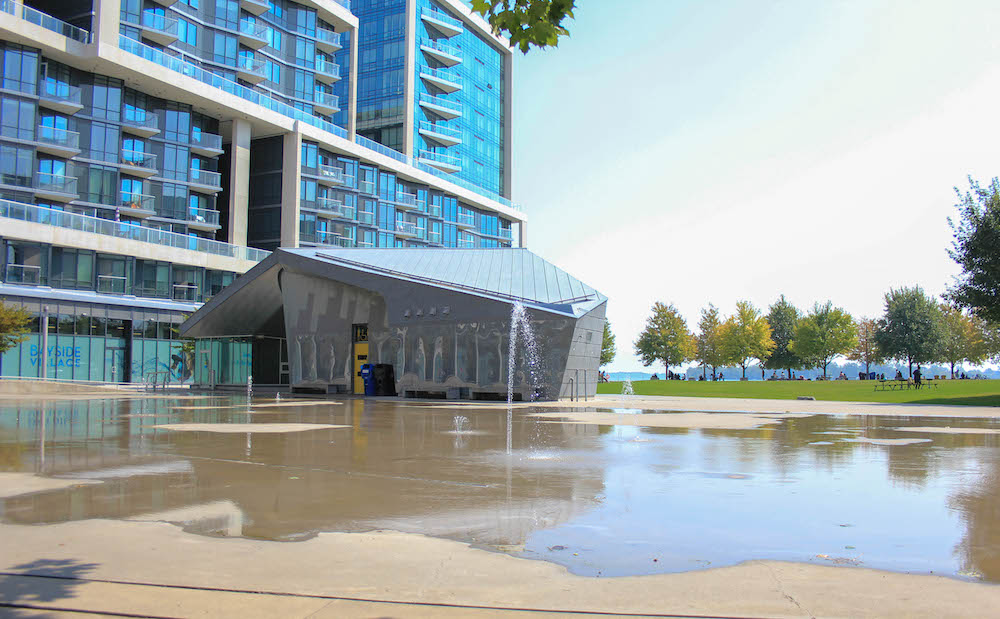
SW: Have you worked with landscape architects you have on staff in your cities or communities, and what value did you find they provided to the project?
JAG: Definitely, we have two in the City of Windsor. One is dedicated specifically to our parks department, and the other is with planning. If you have an opportunity to visit Windsor, one of the immediate things you will find are the old rail yards that extended from Hiram Walker Corporation to the Ambassador Bridge, along the Detroit River, which have been reclaimed and designed into art scapes and dynamic, beautiful landscape effects that citizens enjoy having access to on the waterfront.
Our parks continue to benefit from our landscape architect in terms of ensuring they’re accessible and that we have naturalized areas to provide a little bit for the natural members of our community—our coyotes, rabbits, and other wildlife—in designated green areas, where they’re not coming into conflict with residents, but can still move through the community.
Maureen Wilson: I’ve had the great pleasure of working with the City of Hamilton’s landscape architects, and admire the depth and breadth of their skill, whether it be project management, and their knowledge of wildlife. But I also have come to appreciate there’s so much more they would love to do and, regrettably, one of the challenges/opportunities is having to put in place asset management plans. It’s going to be difficult as all of our infrastructure is degrading and aging, and we don’t have enough money. The importance of landscape architecture—it’s going to be a dog fight—is working with them to have community conversations on the importance of asset management, the return on investment, and that it’s valuable and deserving of making its way to the front of budgetary discussions.
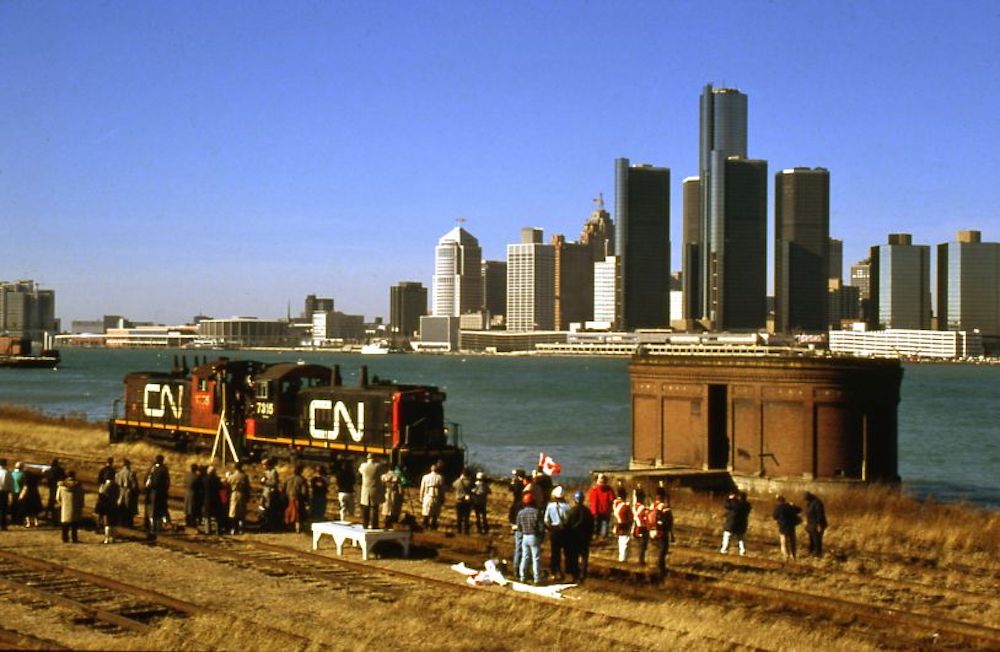
Brad Bradford: The project management capacity that landscape architects can bring is useful, especially in municipalities where the bureaucracy and silos are very real: having somebody at the top quarterbacking across those different divisions, where there is a lot of coordination required. Joscelyne referenced Sherbourne Common. It’s a spectacular, award-winning urban design and landscape architecture piece; but, functionally, it’s actually a piece of Toronto water infrastructure that also ties into Toronto Parks, and Transportation Services, because it’s bisected by a right-of-way.
So, having a landscape architect in a project management capacity is really important. And we don’t see that as much as I would like to.
JB: As a councillor, I’ve not worked with landscape architects, but as a landscape architect, I’ve obviously worked with a lot of my other counterparts in landscape architecture. For instance, the arrangement in Milton because of the huge growth. The town, to their credit, was really ramping up in terms of staffing. So we had a staff of five landscape architects on board, and they were somewhat in their own silos, but we delved into everything from comments, the official plan, draft plans, subdivision, site plans, park development, public consultation, even policy development. Everyone had their own strengths. And one of the greatest strengths was their ability to collaborate with others, whether it’s engineers, planning, or even recreation or maintenance people— people actually going to take care of the parks.
We always had that dialogue going on to make sure the product we were trying to deliver was the best from a design perspective. But then, when we handed things over to our operations people, they were already on board, they knew what they were getting, and they knew what the operational costs would be. We just try to make it as seamless as possible so that the public gets a great product.
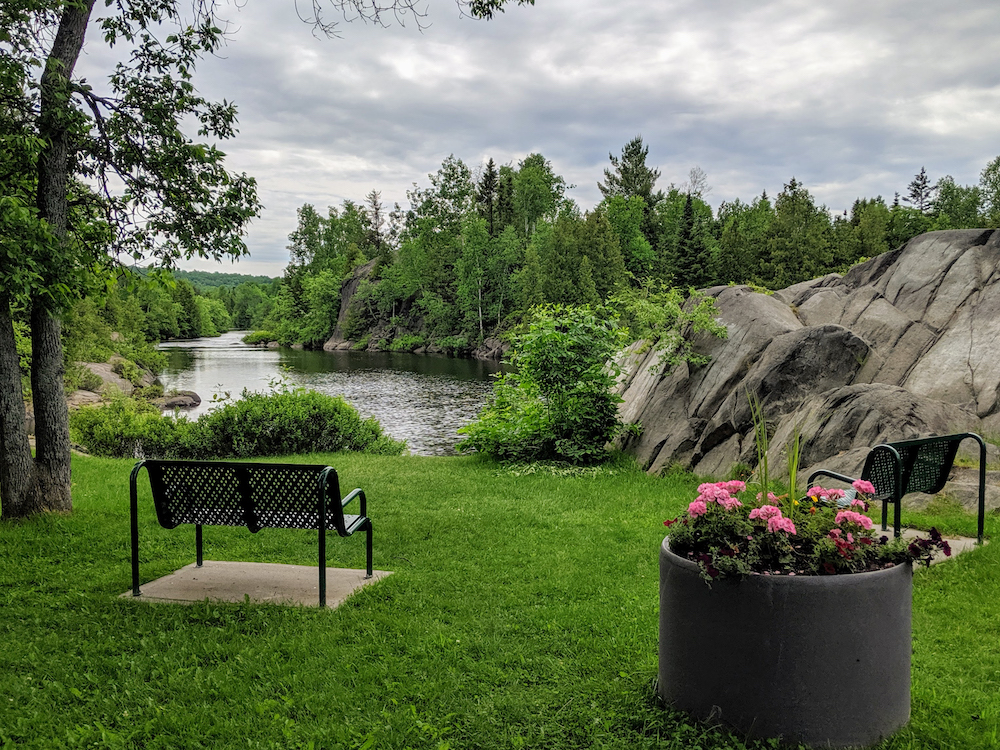
SW: Considering the wicked problems of climate change impacts, including flooding and heatwaves, what could the role of landscape architects be in your city in the coming years? And what has your community done with this in mind?
JH: I’m the Vice-Chair of the Toronto and Region Conservation Authority, and I’ve been there 15 years. One of the things that has come at us more than ever before are issues relating to flooding and erosion. A winter doesn’t go by when we don’t have flooding, ice jams, and things like that. And two summers don’t go by in a row when we don’t have flash storms of greater intensity than ever before. What that means is erosion is much more of a problem than when I came on board.
Because of erosion, if we don’t take care now where we bury the sewers and that kind of stuff, we’re going to be dealing with millions of dollars of maintenance costs higher than we’ve seen in the past. And it all relates to climate change. That’s something new landscape architects are going to have to give some thought to.
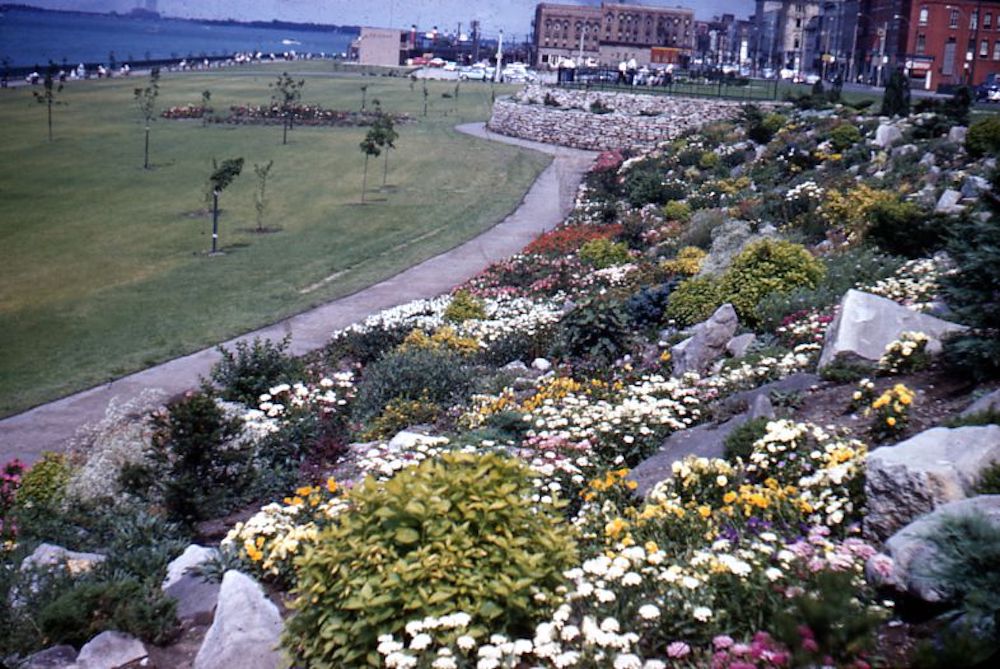
JLA: I’ll come back to Hnatyshyn Park and how the landscape architect, Mark Elliott, was a visionary. This park was created in 1991, subsequent to box culverts being installed in Junction Creek, which was the bane of the area, especially the Flour Mill, given the perennial, dangerous flooding issues.
So the reclaimed land became Hnatyshyn Park. It’s a gateway to the Junction Creek trail system and accommodates granite sculptures commemorating the settlement of Ukrainians who moved to Canada over 100 years ago. The sculpture, an abstract conifer made from polished granite, is the symbol of the family tree of Ukrainian settlers who helped build Canada. It was unveiled by Governor General Ray Hnatyshyn in 1994.
It’s a pathway, like the roots of the tree, extending toward the city, symbolizing the connection between the Ukrainians and the community. This was thought of in 1991.
Further to that, the Junction Creek Waterways Park, which is adjacent, is an intersection. It goes from the urban core into neighbourhoods. And it did that in controlled flooding through redesigned gabion walls. It became a point of pride for the city, as opposed to the bane of a neighbourhood. Again, this was through Mark Elliott’s vision.
We’ve had issues with flooding: notably in 2009 when a whole area in the Flour Mill flooded $44 million worth of damage. Through that came a reassessment, and now we are working towards flood paths and channelized rivers. That has completely eradicated the flooding issues in that area. Through that will now come a sustainable park.
There is also the project in the community of Capreol, within Greater Sudbury. The plan focused on creating a high quality, vibrant public space along the waterfront in downtown Capreol, through the redevelopment of the existing park and beach into an accessible outdoor recreational destination. Visioning sessions were held with the Community Action Network which helped define the railway theme of the waterfront and aligned with the town’s centennial in 2018. The landscape architect, Alison Phillips, adeptly incorporated the railway theme through a landscaped lakeshore focal point which incorporated train wheel paving logos, repeated along the waterfront and blended with a mix of native and climate appropriate plantings. The redevelopment uses sustainable landscaping and public art to improve the waterfront and connect the river with the downtown core and provides an accessible passive and active recreational destination for all residents.
So our policies have changed. Now they’re being dealt with through new policies and talent. We’re finally recognizing the talent of landscape architects, who will play an integral role.
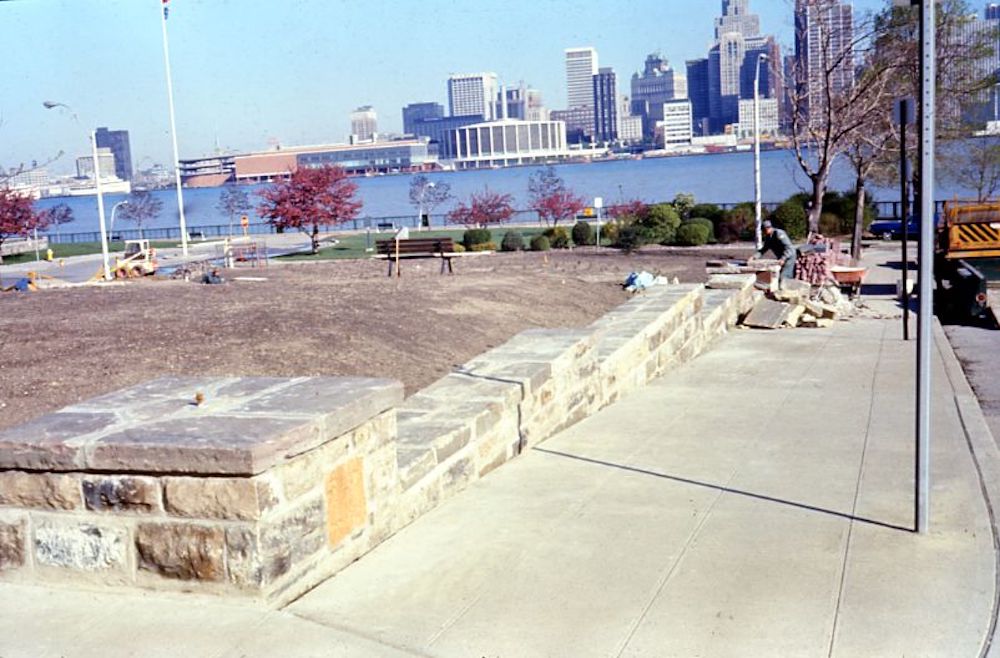
MW: Obviously, climate change poses a health and safety risk. And for those of us in cities, we know we have residents who, depending on where they live or how much they make, are going to be better equipped to deal with that. They have options available to them. Perhaps they’re seasonally able to escape to a lakeside somewhere. Our challenge, collectively, regardless of where we are living, is ensuring we don’t let a space become uninhabitable for much of the year, and that we intentionally invest in different species of trees, shade structures, and water features that enable all residents, particularly those who are most vulnerable in our denser urban environments, to have access to safe, habitable, and enjoyable public spaces.
The challenge is trying to make the case for that now, when there may be no model to look to or choose from, and making the case for public investment.
BB: We’re a waterfront community. Cities are, in different ways, on the front lines of climate change, in terms of the actions we can take, improving our infrastructure, stormwater management, improving our fleet of vehicles, our buildings, transit, and urban living. There are lots of opportunities for us to make improvements on reducing greenhouse gas emissions. But we’ve been undertaking a lot of shoreline remediation to prevent erosion. We have historic investments, one of the largest infrastructure projects in the country right now, with realignment of the Don River in the port lands. So there’s a lot of work underway, as we are preparing to deal with historic floods and extreme weather events.
Having a climate lens on both capital and operating decisions, as we’re building and coping with growth in a waterfront community, is increasingly important. And that manifests in the design of our public spaces, buildings, and infrastructure, and landscape architecture is right at the forefront.
JB: We’re also a waterfront community, with a lot of shorelines and sandy beaches. One of the things we’ve been struggling with is invasive species: phragmites are taking over the shoreline. The community and town have been incredibly cooperative and aggressive in taking this on—it’s not uncommon to see residents out digging up phragmites along the beach.
Another thing they’re doing now is buffering some of the beaches. A lot of the beaches are sand dunes, so they’re very prone to erosion. What they’re doing now, in terms of the site design, is creating a boardwalk, railings, and different systems so we can let the sand dunes stabilize.
SW: What do landscape architects need to do to better position themselves and lead on projects and policies that affect municipalities?
JLA: Make very clear what their role is, identify themselves, and take their place. Show the value of their training and how it can impact development, become an economic driver, and impact liabilities.
JH: I’m not 100 per cent sure what landscape architects do. We have landscape architects in the City of Markham, and just to prepare for this I called the one I deal with and we went over some things and I got some input. But he was talking about a few things that I didn’t know he did. So my answer is more publicity, more communications.
JAG: I’ve been in council 19 years and had opportunity to work with the landscape architects in our community simply because we’re being challenged, as I shared, with the flooding and the incredible impact on our aging sewer system.
In my discussions over time with these people, I know they have been advocating for a change in an adoption of a Practice Act, which will clearly outline what the qualifications and the various responsibilities of a landscape architect would be. If there’s one thing that can push this forward, it would be advocacy in terms of having the Practice Act introduced and adopted.
JB: What is a landscape architect? I’ve been in this 35 years, and I still have people who think I’m a gardener, or do horticulture. With that said, I think the OALA website and organization is doing all kinds of wonderful stuff in terms of promoting the skillset and roles of landscape architects. They have to continue that course, but I think we need a national campaign and do some advertising right upfront.
BB: When I was in consulting, the first line item that always got cut on an integrated project was landscape architecture. Not rightfully, but it’s always the first thing that gets value-engineered out. It’s amazing to me how much schooling is required, and you go, and you get a stamp and everything, and yet it’s dismissed so quickly. So there is an issue of awareness around what they do and the value that they bring.
John’s idea around some sort of campaign is a good one. But I think even making it political around new developments and projects that are coming forward would help: did this developer hire a landscape architect? Has this park been done by a landscape architect? Putting it to the community. Because the community, if they understand the benefits, are going to want it. I think about the litany of studies required to move through site plan application and development processes in the City of Toronto—traffic, hydrology, shadow, noise, and wind studies. Why not some sort of climate resilience impact study or something that a landscape architect could do, bake that into the site plan process, standardize it, make it a part of the development review cycle? And then, all of a sudden, you just commissioned a whole body of new work for the industry.
MW: The solution to these many challenges is baked into what a landscape architect does, in the form of low-impact development opportunities, green infrastructure opportunities, and making return on investment. It must be valued.
We all, as publicly elected individuals, bear responsibility in advocating for that value, every time we have the ear of, say, our city manager, or in public meetings. Because, unless and until we do that, it will continuously be an afterthought.
Thanks to Howard Brown, Cynthia Graham, Rob Norman, Jane Welsh, and Stefan Fediuk for coordinating this round table.
